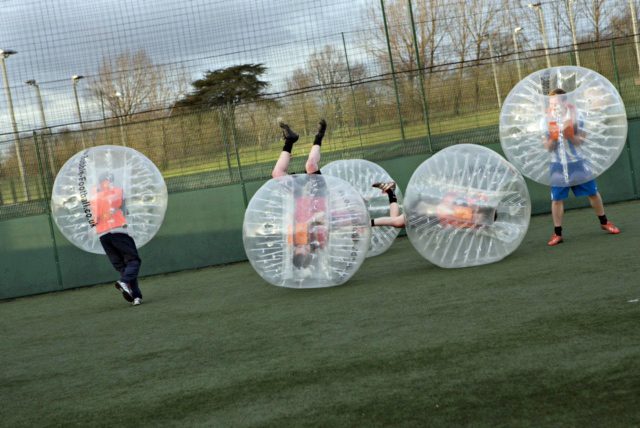I'm assuming that any action taken against the AFL or clubs is based on negligence? They either were negligent in forcing players to keep playing, even though they were concussed, or didn't do enough to make players aware of the dangers of concussion?
So let's say they are liable for this stuff in the past.
Moving forward to present day, how does anything that the AFL are doing in terms of the MRO reduce their liability for head knocks and concussions?
Obviously forcing players to miss a game when they get concussed, and providing all the information and education around head injuries is a direct mitigation against the actions we know about.
Maybe I'm wrong, but is anyone suing them for the game being too dangerous?
It's always been illegal to hit someone. It's always been illegal to tackle or bump someone High.
I'm no big city lawyer, but how does suspending guys for bumps and tackles reduce the AFL's liability?
The AFL have never condoned or allowed head high contact. It's always been an illegal act.
Does the fact that it's 'more illegal' now really get the AFL off the hook for future class actions??
I feel we're being conned a bit here.
There are multiple ways you can get concussed playing footy.
Most of them have always been illegal.
But things like a knee to the head in a Marking contest, an incidental 'footy act', an accidental clash of heads, copping a Falcon, or getting accidentally knocked out by a teammate are completely legal.
Does making bumps and tackles 'more illegal' really make the game safer? I mean sure, the Likelihood in theory comes down a bit - but there's still heaps of ways you can legally be concussed. And given there seems to be guys going off under the Concussion every week still, I'd argue the Likelihood reduction has been pretty minimal.
And the Consequence doesn't change.
I'd argue that overall, this MRO nonsense around dangerous tackles and even most bumps, will actually achieve fu** all in terms of reducing the AFL's liability.
So let's say they are liable for this stuff in the past.
Moving forward to present day, how does anything that the AFL are doing in terms of the MRO reduce their liability for head knocks and concussions?
Obviously forcing players to miss a game when they get concussed, and providing all the information and education around head injuries is a direct mitigation against the actions we know about.
Maybe I'm wrong, but is anyone suing them for the game being too dangerous?
It's always been illegal to hit someone. It's always been illegal to tackle or bump someone High.
I'm no big city lawyer, but how does suspending guys for bumps and tackles reduce the AFL's liability?
The AFL have never condoned or allowed head high contact. It's always been an illegal act.
Does the fact that it's 'more illegal' now really get the AFL off the hook for future class actions??
I feel we're being conned a bit here.
There are multiple ways you can get concussed playing footy.
Most of them have always been illegal.
But things like a knee to the head in a Marking contest, an incidental 'footy act', an accidental clash of heads, copping a Falcon, or getting accidentally knocked out by a teammate are completely legal.
Does making bumps and tackles 'more illegal' really make the game safer? I mean sure, the Likelihood in theory comes down a bit - but there's still heaps of ways you can legally be concussed. And given there seems to be guys going off under the Concussion every week still, I'd argue the Likelihood reduction has been pretty minimal.
And the Consequence doesn't change.
I'd argue that overall, this MRO nonsense around dangerous tackles and even most bumps, will actually achieve fu** all in terms of reducing the AFL's liability.




